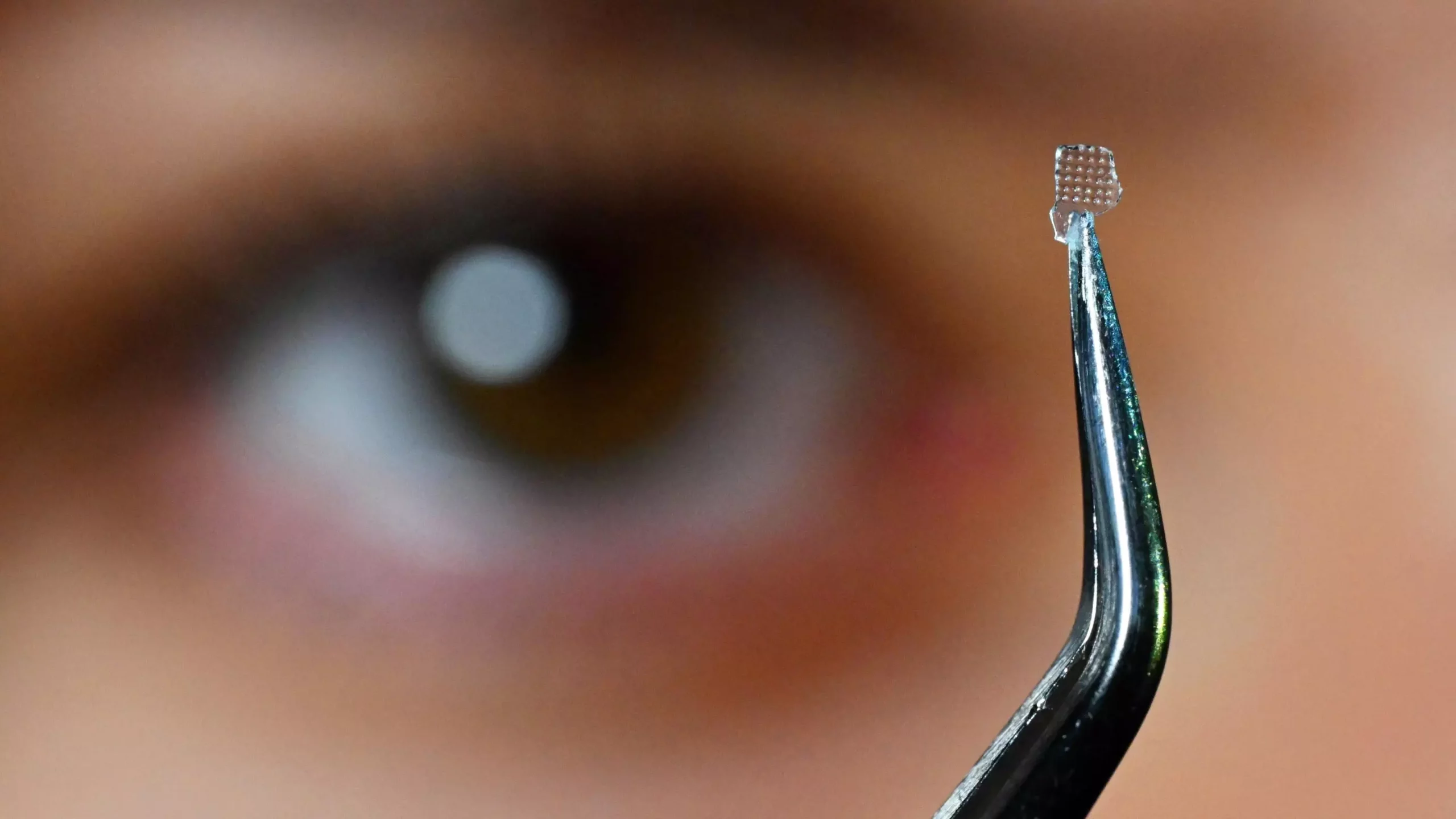Groundbreaking advancements in optics make headlines as a dedicated research team at the University of Jena unveils an innovative micro-lens that can alter its refractive properties in response to gas exposure. This minuscule optical lens, only a few millimeters in size, showcases an intelligent behavior that is revolutionizing how we perceive and interact with light. This paradigm-shifting project is the result of extensive research and development backed by the Carl Zeiss Foundation and highlights the significance of multi-responsive materials.
The central brilliance behind the micro-lens lies in the hybrid glass material from which it is forged. Unlike traditional glasses, this new formulation contains a sophisticated three-dimensional lattice structure replete with cavities capable of accommodating gas molecules. As Professor Lothar Wondraczek aptly notes, the lens’s optical characteristics fluctuate based on the absorption of gas, allowing for unprecedented control over light refraction.
Complex Challenges and Remarkable Solutions
Creating such a complex material wasn’t without its challenges. According to doctoral candidate Oksana Smirnova, many advanced materials investigated in similar contexts tend to decompose under heat, thereby hindering their applicability. The team had to devise an innovative synthesis process that not only enhanced the purity of the materials but also preserved their integrity during the shaping process. This significant hurdle showcases the resourcefulness and determination of these researchers, demonstrating how innovation often comes at a price—an investment of time and intellectual labor.
Utilizing a combination of methodologies, including melting the purified hybrid glass and employing a 3D-printed mold for precision shaping, the researchers are now capable of creating bespoke optical components. While the lens shape was purposefully chosen, as it magnifies even the slightest impurities that can compromise optical quality, this new technique is applicable across various geometries and forms, allowing for limitless experimentation in design.
Endless Applications Beyond Conventional Optics
The potential applications for this remarkable invention extend far beyond conventional optics. This multi-responsive material could pave the way for exciting developments in logical circuits that react to dual stimuli—light and gas absorption—creating sophisticated feedback systems that could rival traditional electronic pathways. This concept offers tantalizing possibilities in fields ranging from telecommunications to advanced sensor technologies.
Moreover, the idea of generating membranes for gas separation that modify their optical properties upon exposure to specific gases introduces a fascinating dimension to material science. It highlights the dual utility of these advanced materials, intertwining optics with practical applications in environmental technology, health monitoring, and safety systems.
In essence, the University of Jena’s micro-lens is not merely a breakthrough in lens technology; it’s an invitation to rethink the boundaries of modern materials. By bridging the gap between optics and responsive materials, researchers are spearheading a revolution poised to redefine how we utilize and interact with light in our everyday lives. The interface between light, material science, and gas responsiveness may well represent the new frontier in technological advancement.

